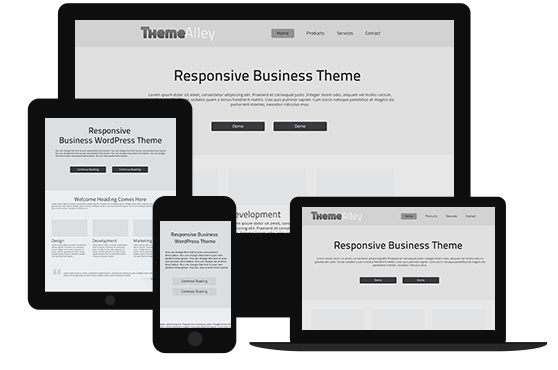Perhaps because the people I’m close with are all equipped with an engineering degree but I just recently realized that the majority of my friends aren’t fond of history. To me history is fascinating in its capability to infuriate. Time and time again, I visited a museum, watched a historical film or read a historical novel only to be dismayed that the problems detailed in those things are still present in the time we currently live in. History was supposed to help us make sense of the present and avoid the mistakes of our past but it seems that human folly will always find a way.
History, at its most basic form, is a chronological process. To help make sense of the past, history is typically represented as a series of events that happens at particular moments in time showed in a linear fashion. This representation is typically referred to as a timeline and they can help us chart the chronological history of a particular subject. This can be very useful in the world of web design as you can use this particular style of design to help convey certain information that works best when presented in a chronological order, such as the history of your company.
The various uses of a timeline
Depending on what you choose to portray, timeline can be used in a variety of a different ways. In the subject of internet for example, the timeline can be used to detail the history of the internet itself, starting from the use of ARPANET in the United States and up until now with several important milestones included in the timeline. However, the timeline can also be used to portray the chronological transformation of the internet itself. How the internet was used and what kind of transformation it transports at the beginning is vastly different from how they’re used now, and the timeline can be used to show this gradual progress.
The timeline can also be used to detail the journey of a specific subject. For example, now that the issue of environment is at the forefront of society, I’ve seen timelines being used to portray how a product is made to ensure transparency. The timeline details the journey of the product from the sourcing of the material up until they arrive at the customer’s doorstep, ensuring that every step of the process is up to proper ethical standards. For a more practical use, the timeline could also be used as an itinerary when you’re holding an event.
The timeline is useful not just for simple eye-candy, they can simplify even the most complex of histories to digestible chunks and make them easier to follow and understand. However, this capability depends on the design of the timeline itself as you want the information displayed on the timeline to be understandable without overcrowding them. The timeline is like a summary and you have to be smart and selective about what you’re displaying on screen but luckily, the following 4 tips should be enough to get you started.
The labels and explanations must be clear and consistent
I’ve hinted at several uses for a timeline in the above section and in each of those respective uses, the timeline works best with certain types of labels and/or information. In a historical timeline for example, dates would work best as a label accompanied by information of what milestone occurred at that particular date. By contrast, when the timeline is used to detail a particular process, the label should be used to detail each step of the process, accompanied by information of what happens during that particular step.
When designing the timeline, it’s important to keep these labels and information consistent. If the first section of the timeline is signified by a particular year, every succeeding section must also be signified by a year and that you shouldn’t mix and match multiple types of labels in a single timeline. Keep the information short and to the point as well as you wouldn’t want to overwhelm the timeline with text. If you have more information available on hand, include a hyperlink in the timeline if you have to instead of adding more text.
Use color coding to signify different sections
If the timeline is divided into a dozen sections, that doesn’t mean you have to use a dozen colors. You can simply use 2 or 3 colors alternated with each other. The goal here is to increase the legibility of the timeline and to differentiate between one section and the other. This can be particularly useful when two milestones occur in the same year as you can still use different colors to signify that the two milestones are independent of each other.
Stick to simple shapes
The style is referred to as timeline for a reason, because line works best when trying to present information in chronological order. This isn’t to say that using a zig-zagging format is strictly forbidden, they actually make very effective use of space, but you should only use them when you know what you’re doing. Still, timeline is much easier to digest since it’s just a line so unless space is really an issue, stick to a simple horizontal or vertical line.
Use icons or helpful illustrations to help illustrate each section
As I’ve hinted repeatedly, you don’t want to inundate the timeline with text and as a possible solution; you can use small icons or illustrations to help explain what a particular section in the timeline is about. The image doesn’t have to be complex; in fact simplicity is actually preferred as the point is to inform the users, not to showcase your artistic capabilities. If the timeline is used to showcase the evolution of a product or a tool, using photos of the actual product could also work.



